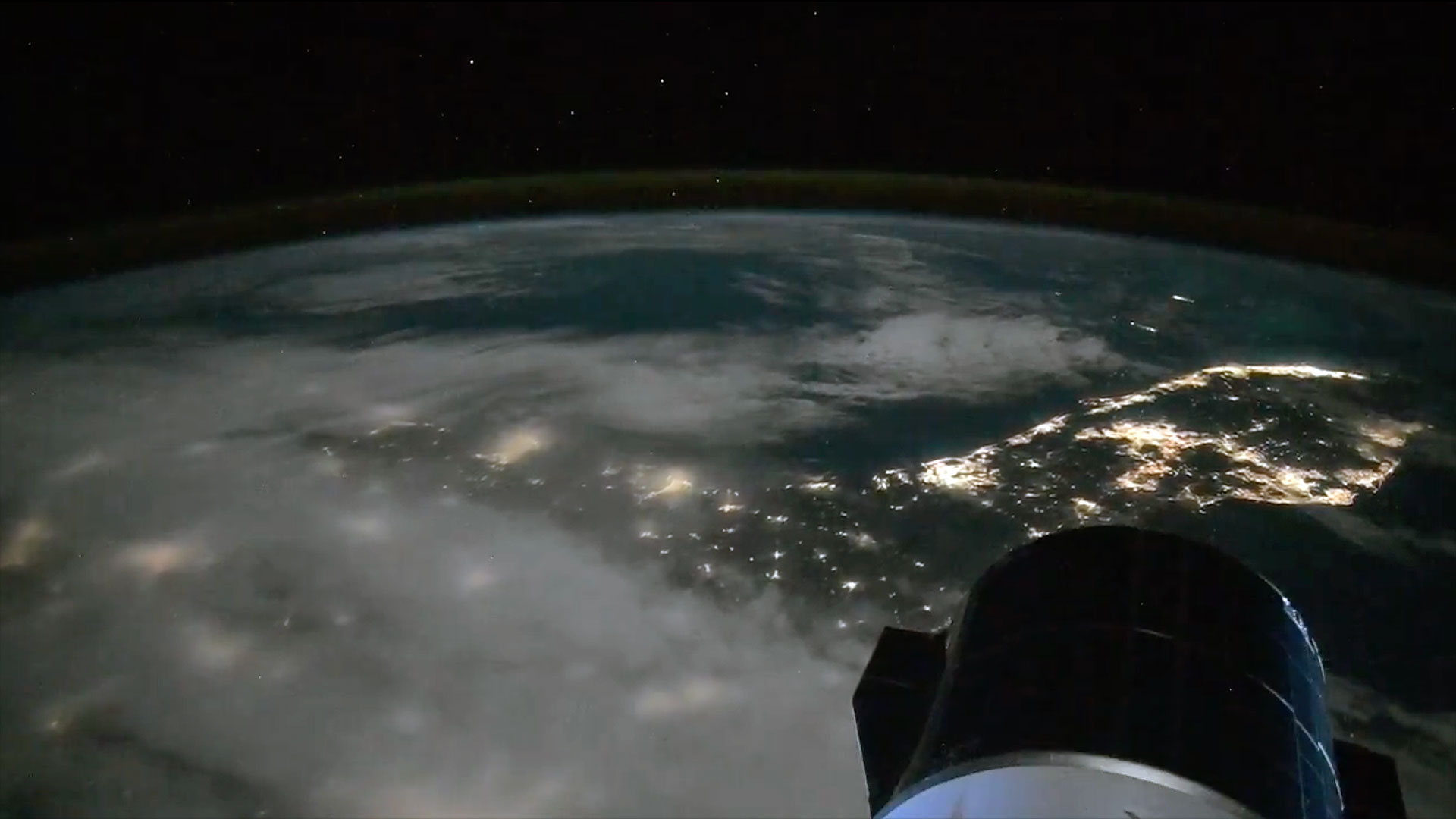Hurricane Delta approaches Gulf Coast landfall in year of major storms
Hurricane #Delta made its way past the Yucatan Peninsula and has now re-organized as a Category-3 hurricane in the #GulfofMexico this #FridayMorning, with wind speeds of 120 mph. While the eye is no longer visible on @NOAA's #GOESEast, deep convection continues at its core. pic.twitter.com/A1tXWahp4sOctober 9, 2020
Satellites are monitoring Hurricane Delta, now a Category 3 storm targeting the already-battered Gulf Coast after making a first landfall on Mexico's Yucatan peninsula.
Hurricane Delta is expected to make landfall along the coast of Louisiana tonight (Oct. 9) and spend the weekend traveling northeast across the inland U.S. The storm's landfall will likely batter the same area of the coast slammed by Hurricane Laura in late August, according to The Washington Post; the ongoing coronavirus pandemic also complicates evacuation and recovery procedures.
Related: Astronaut and satellites see tropical storms Laura and Marco from space
According to the current forecast from the National Oceanic and Atmospheric Administration's (NOAA) National Hurricane Center, the key threats posed by Hurricane Delta at landfall are storm surge and rainfall.
"The combination of a dangerous storm surge and the tide will cause normally dry areas near the coast to be flooded by rising waters moving inland from the shoreline," NHC officials wrote in an morning update. The storm surge areas for Hurricane Delta includes the region from High Island, Texas to the mouth of the Pearl River in Louisiana, according to the NHC. It also includes Calcasieu Lake, Vermilion Bay, and Lake Borgne in Louisiana.
NOAA's primary satellite for monitoring Atlantic hurricanes is the GOES-East satellite, which keeps a steady eye on the eastern U.S. Satellites provide key insights in hurricane-tracking for weather officials on Earth. The impact of satellites on humanity is the focus of World Space Week 2020, which runs this week.
Latest from GOES-East looking down at #Delta. Winds are expected to increase to Tropical Storm force tomorrow morning, & increase to hurricane force somewhere within the Hurricane Warning area before spreading inland across portions of southern LA near the path of Delta's center pic.twitter.com/w9d7uXrmrcOctober 9, 2020
The storm's name is itself a sign of how severe this year's hurricane season has been: The National Hurricane Center ran through its traditional list of 21 alphabetical storm names in mid-September and is left using Greek letters for the remainder of the season, which ends on Nov. 30.
Breaking space news, the latest updates on rocket launches, skywatching events and more!
Climate change increases the frequency and severity of tropical storms, in particular by warming up the ocean water that powers these storms and by increasing sea levels, making places more vulnerable to storm surge.
Email Meghan Bartels at mbartels@space.com or follow her on Twitter @meghanbartels. Follow us on Twitter @Spacedotcom and on Facebook.

Meghan is a senior writer at Space.com and has more than five years' experience as a science journalist based in New York City. She joined Space.com in July 2018, with previous writing published in outlets including Newsweek and Audubon. Meghan earned an MA in science journalism from New York University and a BA in classics from Georgetown University, and in her free time she enjoys reading and visiting museums. Follow her on Twitter at @meghanbartels.
